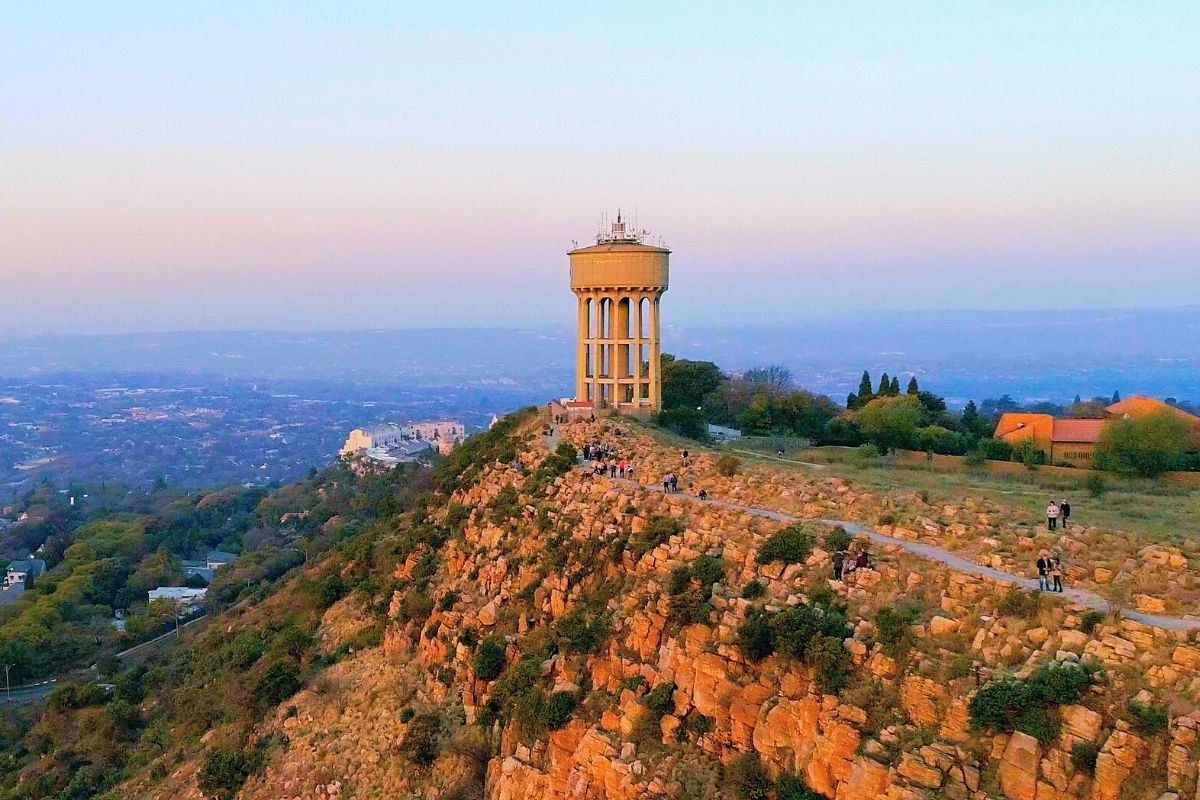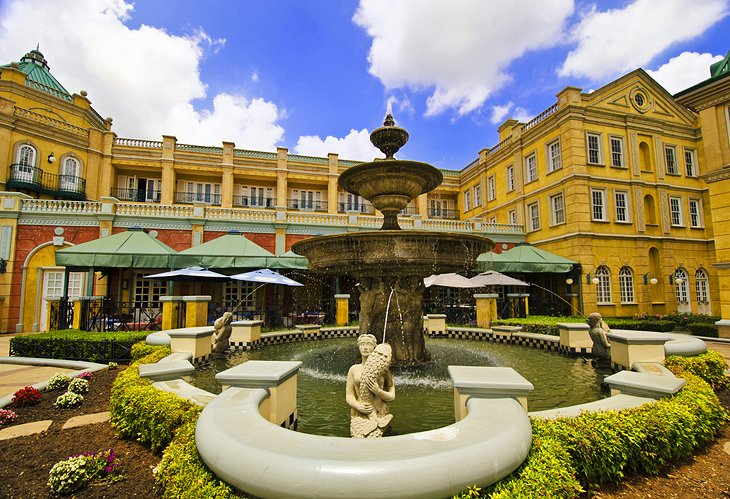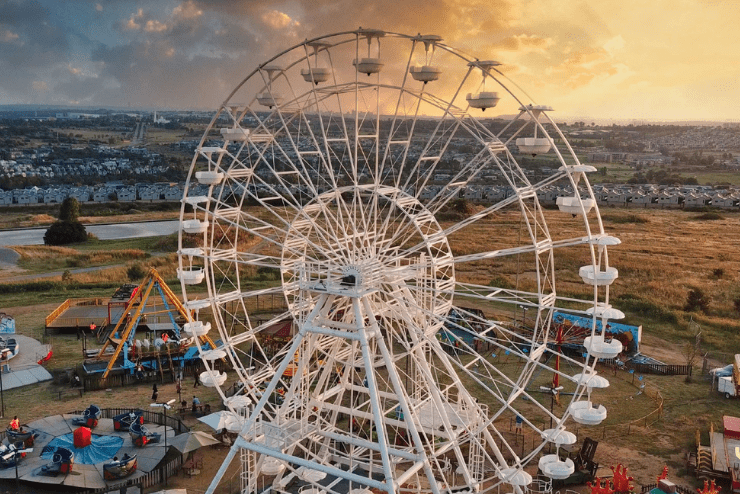The Definitive Guide to Johannesburg North Attractions
The Definitive Guide to Johannesburg North Attractions
Blog Article
The Best Strategy To Use For Johannesburg North Attractions
Table of ContentsAn Unbiased View of Johannesburg North AttractionsHow Johannesburg North Attractions can Save You Time, Stress, and Money.See This Report about Johannesburg North AttractionsJohannesburg North Attractions - The FactsSome Known Factual Statements About Johannesburg North Attractions The smart Trick of Johannesburg North Attractions That Nobody is Discussing
Quickly before Xmas 1898, a boilermaker from Lancashire, Thomas Edgar, came to be embroiled in a drunken quarrel with an uitlander neighbor. While withstanding arrest, Edgar was fired dead by a Z. A. R. police officer. The policeman was charged with murder however the district attorney reduced the cost to homicide and released the accused on bond.. R. Johannesburg North attractions. In an initiative to defuse the circumstance, Smuts sought to strike a bargain with the mining business. The astute Cambridge-trained attorney welcomed Percy FitzPatrick (that was to obtain popularity as the writer of Jock of the Bushveld, published in 1907) to serve as the principal mediator for the mining homes
A. R. loomed. Johannesburg, c. 1900 (www.geheugenvannederland.nl) When Johannesburg was started in 1886, public education and learning in the Z. A. R. was controlled by the Education and learning Regulation of 1882. The earlier Education Legislation of 1874 had actually supplied that government colleges in the Z. A. R. (just a handful of such colleges remained in presence) were to be non-denominational and that instruction was to be in Dutch or English, at the will of moms and dads.
In 1886, Pope Leo XIII constituted the Transvaal an independent prefecture under the jurisdiction of the Rt Revd Odilon Monginoux of the Oblates of Mary Spotless, that was the first Prefect Apostolic of the Transvaal. On 20 July 1886, Fr John de Lacy O. M. I. visited the Rand. He used to the federal government for a parcel big enough to fit a church, a school and homes for the educators.
Excitement About Johannesburg North Attractions
The school transferred to Doornfontein in 1895, and became referred to as the East End Convent. In 1905, the Holy Household sis additionally started Parktown Convent College (currently Holy Household College). On 2 November 1887, Miss Frances Buckland started educating in a residence on the corner of Jeppe and Rissik roads.
On the other hand, on 11 June 1887, the Revd John Thomas Darragh, the first Anglican clergyman to be posted on the Rand, had gotten here from Kimberley. A mammoth tome on the background of Christianity in Africa observes concisely: 'The Anglican neighborhood at Kimberley was fortunate to have as its leader J. T.
He had won a scholarship to The Royal School, Armagh, whence he had gone up to Trinity University, Dublin, as a Structure Scholar. Below he had distinguished himself, being Classical Hebrew and Divinity Prizeman, and had actually become a Fellow of Trinity University. He was blessed in 1880, and became curate of All Saints, Grangegorman, Area Dublin.

He was an energised and resourceful guy who quickly dove himself heart and heart right into the life of the blossoming and busy mining area. It was not only the Anglican parishioners who obtained advantage, for Darragh worked unstintingly amongst all industries of the village. As an example, the tiny community of Greek Orthodox settlers in Johannesburg had no archimandrite, therefore approached Darragh to perform marriage and baptismal rites.
The Ultimate Guide To Johannesburg North Attractions
(www.eggsa.org) Around the click resources exact same time, the Revd Mr Darragh brought right into presence St Mary's School for Boys, which was established as a choir institution for St Mary's Church. The beginnings of St John's University can be traced back to this institution. The very first headmaster of St Mary's College for Boys was Mr F.
The school was examined by the Z. A. R - Johannesburg North attractions. education and learning authorities at the end of 1888. The assessment was passed with flying colours, specifically in respect of the criterion concerning the training of Dutch, as an outcome of which the college received a 'very liberal grant' from the state
The Definitive Guide to Johannesburg North Attractions
Marist Brothers' University got such an excellent online reputation that discover this info here some authorities of the staunchly Protestant Z. A. R. federal government registered their children as pupils at this Catholic school. In 1896, the college's cricket club was connected to the Transvaal Cricket Union. By 1897, Marist Brothers' had 500 students, and a neighbour lodged a grievance with the Superintendent of Education about 'too much' play ground sound during the lunch interval! Throughout the Anglo-Boer South African Battle (1899-1902), the institution's enrolment dropped, yet by 1905 numbers were back to 500 and the college was promoting the truth that it had 'ample stabling for students' steeds'.
In 1892, the Superintendent of Education, Dr N. Mansvelt, assembled a report in which he mentioned that some instructors in the Transvaal can not spell the words 'Pretoria' and 'Potchefstroom', and did not understand the distinction between a noun and an adjective. In the very same year, the Education Regulation was modified to supply that all instructors in schools obtaining government aids had to be participants of a Protestant church; schools likewise could not get aids in respect of Jewish and Catholic students.

The Ultimate Guide To Johannesburg North Attractions
On 7 March and 9 April 1892, the Revd Mr Darragh corresponded to the State Assistant, Dr W. J. Leyds, in which he specified that the previous Superintendent of Education, Ds S. J. du Toit, had actually taken on in 1888 that English-medium institutions such as St Mary's and St Michael's that also gave direction in Dutch would get state subsidies.
Participants of the W. C. E.'s board included Sir Lionel Phillips and Sir Abe Bailey. The W. C. E.'s things were to promote primary education and learning 'suited to all races and creeds' and to counter the exclusive use Dutch as medium of instruction in state-supported colleges. In October 1895, the W.
Getting The Johannesburg North Attractions To Work
Robinson Go Here estimated that 2,000 out of 6,500 white children of school-going age were not going to college. By 1897-'98, fewer than fifty white children in the entire Z. A. R. remained in or above Typical VI. By the end of 1896, the W. C. E. had gotten possession of 3 colleges, and had actually thought control of and financial responsibility for three other institutions.
Miss Emma Shaw was the head instructor - Johannesburg North attractions. She was helped by a Miss Soamers. St Cyprian's was at first approved a state subsidy, but this was cancelled when a government assessment exposed that the college had actually lots of coloured and 'native' children amongst its students, sharing desks with white young boys. Despite the withdrawal of the subsidy, the college took care of to endure.
After the Battle, it was reopened and run by Sis of the Culture of St Margaret (colloquially referred to as the East Grinstead Sis, with recommendation to their convent in East Grinstead, Sussex). Unflinching by the contretemps with the authorities about St Cyprian's and its aid, Darragh started Perseverance College in November 1891.

Report this page